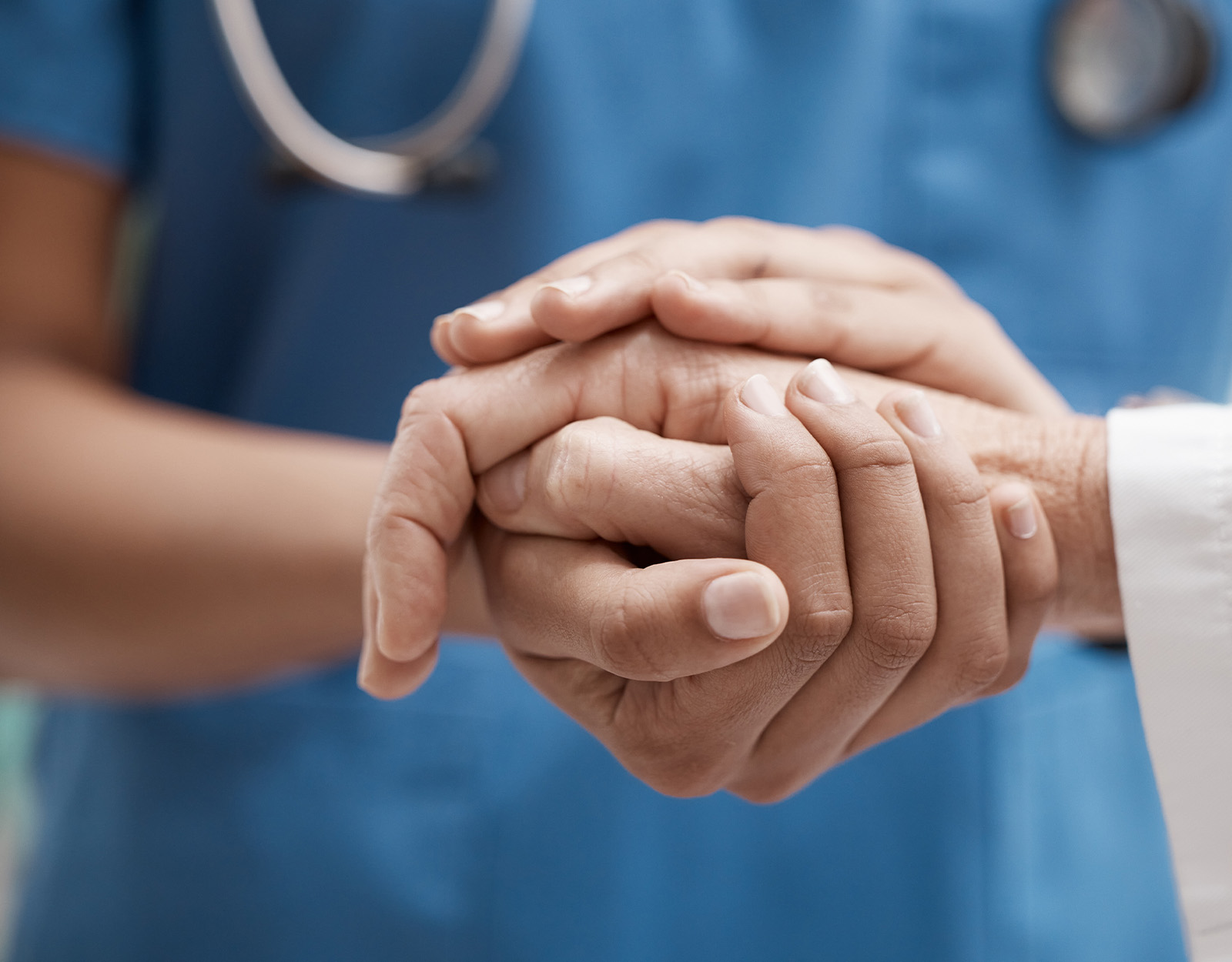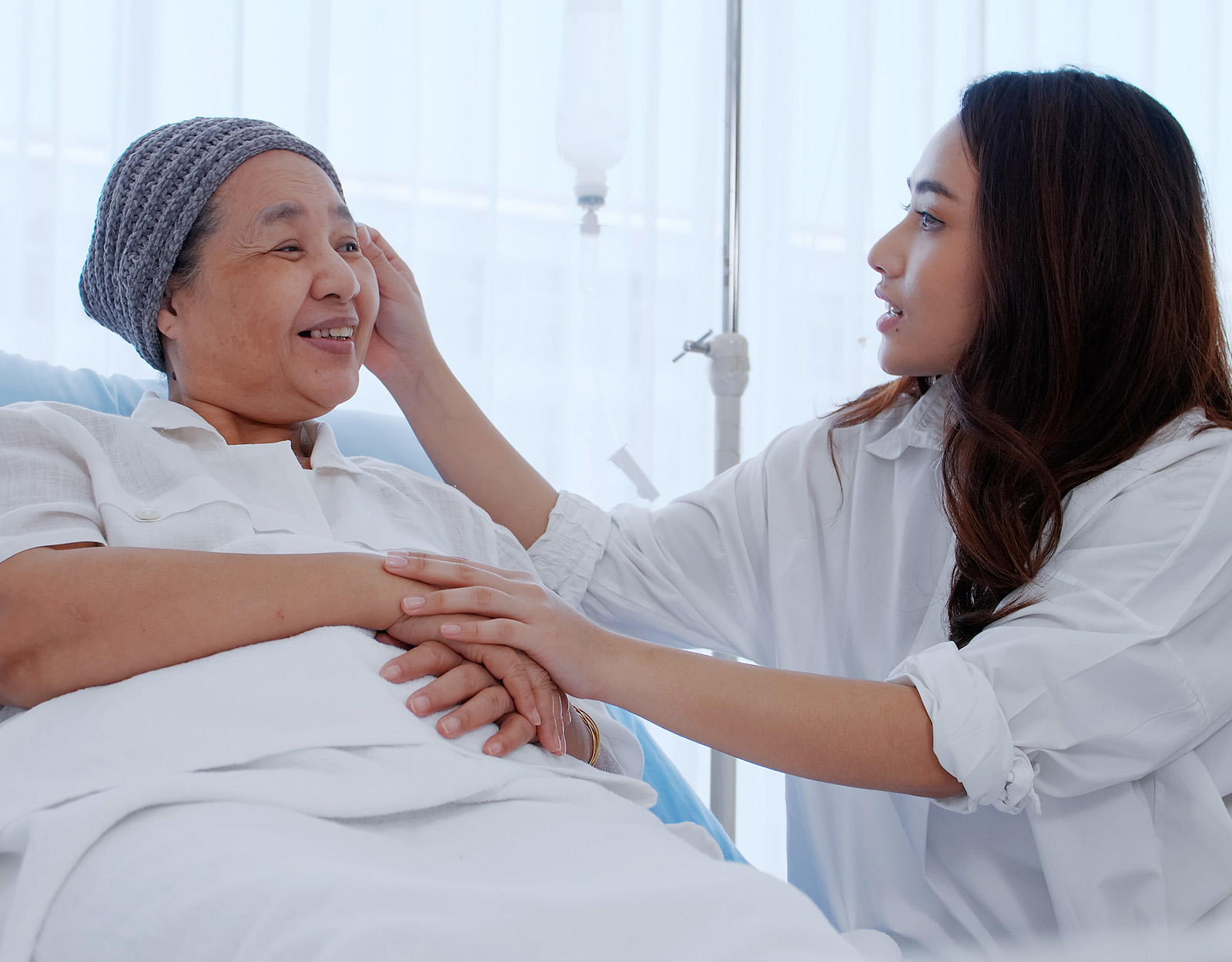Uncategorized
Latest Cancer Treatments Give Families Hope
Cancer slowly becomes less of a catastrophic moment in families as new research and clinical trials reduce its physiological effects to something more chronic.
While some get cancer from the toll of their risky lifestyle, others have it in their genes. Some families are more genetically predisposed to develop cancer. While studies have not found any leads on how to prevent those markers from activating, the latest advancements in cancer treatment have found ways to reduce the event from something catastrophic and certain to something chronic. Singapore’s Parkway Cancer Center flew in Dr. Tanujaa Rajasekaran last August 16, 2023 for a media conference in New World Hotel Makati, to reveal the latest developments in cancer treatments.

Comprehensive and Wholistic
“Cancer Treatment doesn’t mean just eliminating the cancer. It also means helping the patient adjust to their new lifestyle, especially when they take on these many treatments,” reveals Dr. Tanujaa. “While we celebrate chemotherapy as one of the oldest and the most traditional treatments, new clinical trials and studies are revealing ones that are more targeted and less debilitating.”
Receiving news about cancer has always devastated families. It usually spells certain and slow death; it also foreshadows the heavy financial burden that comes along with it. These are what uproot families from their usual lives, requiring them to make their lives revolve around those afflicted with the disease.
“That’s why there are multiple tests and a whole team to give their input about their treatment,” Dr. Tanujaa adds. “While palliative care helps, we want people and their families to still maintain their quality of life which is why we have different kinds of therapies to treat. Car T-Cell Therapy, Immunotherapy, Targeted Therapy, Hormone Therapy — depending on the cancer and their structure, some of these therapies can be more optimal than others.”
Prevalence of Cancer in Filipino Families
“Lung, Colorectal, Liver, Breast, and Prostate Cancer” — are the five cancers that plague Filipino families the most. According to the President of the Medical Oncology Society Dr. Rosario Pitague, cancer is the “third” leading cause of death in the Philippines. “184 cancer cases diagnosed in 100,000 patients and that 96 deaths related to cancer are reported daily,” she reveals in an interview.
Usually, we treat these with chemotherapy. And although the concept of “you can’t beat the classics” still applies regarding this cancer treatment, Dr. Tanujaa compares the traditional chemotherapy to a “nuke” unlike the latest ones that are more “tactical”. “The side-effects people often report when they receive chemotherapy is because the treatment is designed to target cells that have a protein that causes them to constantly multiply. We have other good cells that have the same protein like the ones in our hair, stomach lining, and lips which is why they report vomiting, hair loss, nausea, and others.”
Some families however, are more susceptible to cancer because of Lynch Syndrome. This syndrome is genetic, passing down the markers of various cancers to future generations. Unfortunately, it’s not known to skip generations and research has not made any headway yet on how to prevent those markings from activating, according to Dr. Tanujaa.
“The best way to deal with those markers is to be constantly mindful and monitor them. Especially when you discover the marker, coordinate with your oncologist every so often, especially when something changes,” she advises.

How the New Approaches in Cancer Treatment are Easier on Families
Because of the latest advancements, families no longer need to fear the grim future of the long and protracted fight against cancer. When these treatments become more target-specific by focusing on some of the proteins found in the cells or by genetically-enhancing one’s own T-cells to fight them, the morbid side effects that come with the traditional treatment become rare.
“Some of these therapies like Car T-Cell Therapy will help fight the cancer but with less obvious signs of the battle,” shares Dr. Tanujaa. “We now have the technology that can enhance the patient’s T-Cells with antigen receptors that can immediately recognize these cancer cells to eliminate them. There will be a low dose chemotherapy to help the body adjust to these new cells. But, once the body adjusts, the therapy will take over the fight.”
Immunotherapy for cancer is also becoming more popular among Filipino families because of its less macabre side effects. “This kind of therapy customizes the cell to make sure that the cancer cells don’t stop our body from fighting against the cancer. Cancer cells are smart. They release a protein that stops our body from fighting against it,” explains the oncologist. “Immunotherapy fights against that mechanism.”
But when the cancers are more hormone-related like breast or prostate cancer, there are tests that can discover which hormone is causing the cancer. “Once we discover the hormone that is causing these cells to grow, we often give patients medicine that reduces the production of this hormone to prevent these cells from growing.”
Cancer Treatments Evolve with the Disease
Unfortunately, cancer will not stop developing. The disease is also adaptive in nature; the proteins present in the cancer cells can also mutate, creating resistance against the medicine. Because proteins function like pairs, they can easily change when their partner changes. It’s kind of like when our dress doesn’t match our shoes, we either change the shoes or the dress, depending on the event. In this case, the proteins in the cancer cell are the shoes and the dress while the medicine is the event we’re attending.
But luckily, like the many events we attend, these protein mutations only go one way. “These proteins don’t revert,” Dr. Tanujaa reassures. “We can easily adjust the medicines based on the new markers.”
With these new advancements, cancer may eventually become chronic instead of something catastrophic.
References
Domingo, E. J., & Echo, A. V. V. D. (2009). Epidemiology, prevention and treatment of cervical cancer in the Philippines. Journal of gynecologic oncology, 20(1), 11-16.
Farkona, S., Diamandis, E. P., & Blasutig, I. M. (2016). Cancer immunotherapy: the beginning of the end of cancer?. BMC medicine, 14(1), 1-18.
Rafiq, S., Hackett, C. S., & Brentjens, R. J. (2020). Engineering strategies to overcome the current roadblocks in CAR T cell therapy. Nature reviews Clinical oncology, 17(3), 147-167.
Sterner, R. C., & Sterner, R. M. (2021). CAR-T cell therapy: current limitations and potential strategies. Blood cancer journal, 11(4), 69.
Ting, F. I., Sacdalan, D. B., Abarquez, H. S., & Uson, A. J. (2020). Treatment of cancer patients during the COVID-19 pandemic in the Philippines. ecancermedicalscience, 14.
Tiwari, A. K., Roy, H. K., & Lynch, H. T. (2016). Lynch syndrome in the 21st century: clinical perspectives. QJM: An International Journal of Medicine, 109(3), 151-158.
More medical advancements?
A New Study on Endometriosis Shines Hope for Infertility
New Study Helps Spot Babies at Risk for Sudden Infant Death…
These BTS ASMR videos could help your teens study





